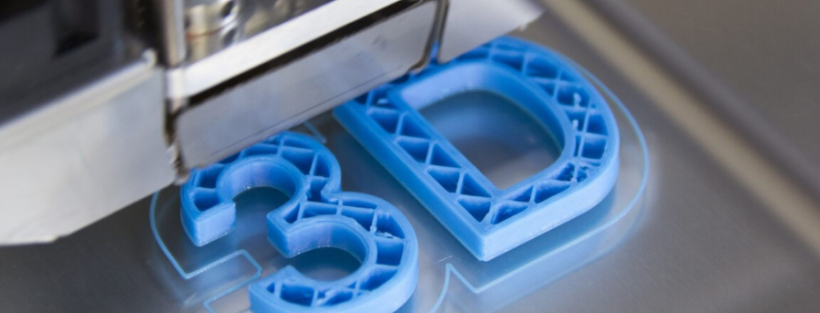3D printing technology has come a long way since its inception in the 1980s. Today, it is used in a wide range of industries, including aerospace, medical, automotive, and consumer products. As this technology continues to evolve, its potential applications and benefits will only continue to expand. Here are some future aspects of 3D printing technology:
- Customization: One of the most exciting aspects of 3D printing technology is the ability to customize products on a mass scale. With 3D printing, it’s possible to create products that are tailored to an individual’s specific needs or preferences. For example, a 3D-printed prosthetic limb can be customized to fit a person’s unique body shape and provide optimal function.
- Sustainability: 3D printing has the potential to revolutionize manufacturing by reducing waste and energy consumption. Because 3D printing only uses the materials that are needed to create a product, it can significantly reduce waste compared to traditional manufacturing methods. Additionally, 3D printing can reduce the need for shipping and warehousing, further reducing carbon emissions.
- Rapid prototyping: 3D printing allows for rapid prototyping, which is the process of quickly creating a physical model of a product for testing and evaluation. This can help companies bring products to market faster and more efficiently, reducing the time and cost associated with traditional product development.
- On-demand manufacturing: 3D printing enables on-demand manufacturing, which means that products can be produced as they are needed. This can eliminate the need for large-scale manufacturing facilities and warehouses, reducing the cost of production and the environmental impact of transportation and storage.
- New materials: As 3D printing technology continues to advance, new materials are being developed that can be used in the printing process. For example, scientists are working on developing 3D-printable materials that are stronger and more durable than traditional materials, such as metals and ceramics.
- Bioprinting: Bioprinting is the process of using 3D printing technology to create biological tissues, such as skin and organs. This technology has the potential to revolutionize the field of medicine, allowing for the creation of personalized implants and replacement tissues.
In conclusion, the future of 3D printing technology is incredibly exciting. With advancements in customization, sustainability, rapid prototyping, on-demand manufacturing, new materials, and bioprinting, this technology will continue to transform a wide range of industries and improve people’s lives in countless ways.



